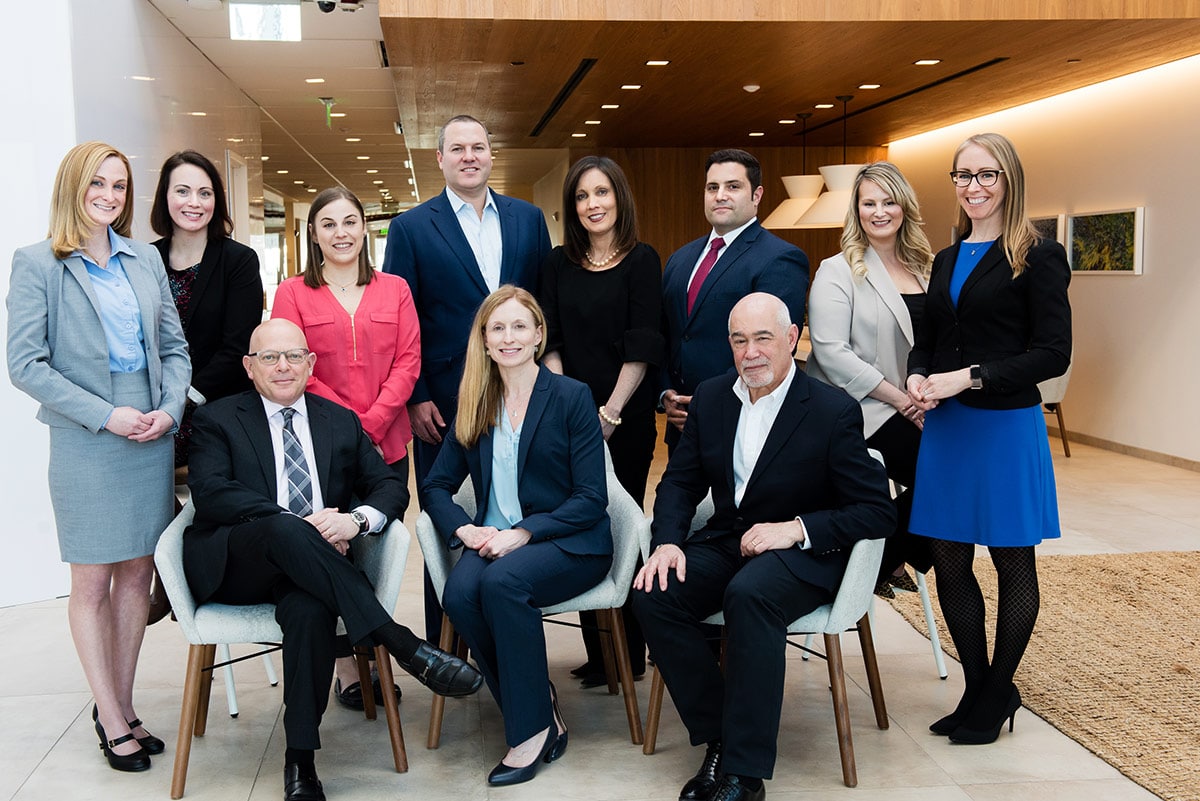Representing Massachusetts Airplane Accident Victims
Each year, millions of adults and children place their lives in the hands of experienced professional airline pilots and their crews, to ensure their safe arrival at their intended destinations. For their part, America’s major airline carriers boast am overall safety record that rivals or exceeds that of most other modes of mass transportation, including trains, automobiles, and cruise ships (adjusted for the actual number of annual passengers carried). Yet despite dramatic advances in high tech air navigation systems, anti-terrorist screening practices, stringent safety compliance mandates, to avoid a plane crash or other disaster, issued and enforced by the Federal Aviation Administration, and the National Transportation Safety Board, aviation-related injuries and death remain a recognized risk that begins with the car trip to the airport, and ends only upon the passengers’ safe arrival to her ultimate destination.
In contrast to large commercial airline operations, another segment of air travel accounts for far higher frequency of injury and death. According to published statistics, private aircraft pilots, including those known as “weekend flyers”, are responsible for a substantial percentage of all aviation-related injuries and deaths. While those who have studied and compared the injury/fatality rates between commercial airline carriers and private pilots emphasize the significant gap in equipment quality and maintenance protocols, pilot and crew experience, and other relevant factors, the actual cause of such disasters do in fact share much in common.
Among both commercial airlines and private aircraft disasters, the most common cause of aircraft-related injuries and death include:
- Human error is the most common cause of airplane accidents, and accounts for over half of all incidents. This includes not only errors by the pilot and crew during the flight, but also errors made by maintenance workers, during plane inspections, and those made while fueling the plane.
- Encounters with unforeseen weather systems can cause accidents, and are usually coupled with human and/or mechanical error.
- Mechanical failure, including airframe defects. This causes approximately 1 in 5 aviation accidents. The failure can arise from an airplane’s equipment, the aircraft itself, or a part. In some cases, a mechanical error is the whole cause of an accident, while in many others the accident is caused by a mixture of mechanical and human error.
- Navigational errors, including erroneous radar data furnished by Terminal Radar Approach Control facilities or TRACONs, which track and direct planes from just outside the range at which they are visible from the tower (about 5 miles) to a range of 40 or 50 miles.

Other causes of airplane accidents include metal fatigue, electrical system malfunction, tainted fuel, and hydraulic failure; insufficient airframe and engine maintenance or excessive age; defects in airport concourses and jet-way floor surfaces, resulting in falls by passengers; in-flight food poisoning; crew fatigue; and, more recently, the increasing risk of injury or death caused by a terrorist act.
For a free, no-obligation consultation to learn how our airplane accident attorneys at Parker Scheer LLP can help you to recover for an injury or death caused by aviation-related negligence. There is never a fee charged for an initial consultation with our aviation accident attorney and all information furnished will remain strictly confidential.
Have You Been Injured In An Aviation Accident?
Find out if you have a case. If you have suffered an injury in an aviation accident or disaster, contact our aviation accident lawyers for a free confidential case review and receive a response within hours, or call (617) 886-0500. If you need a personal injury lawyer outside of Massachusetts, contact us for a referral.